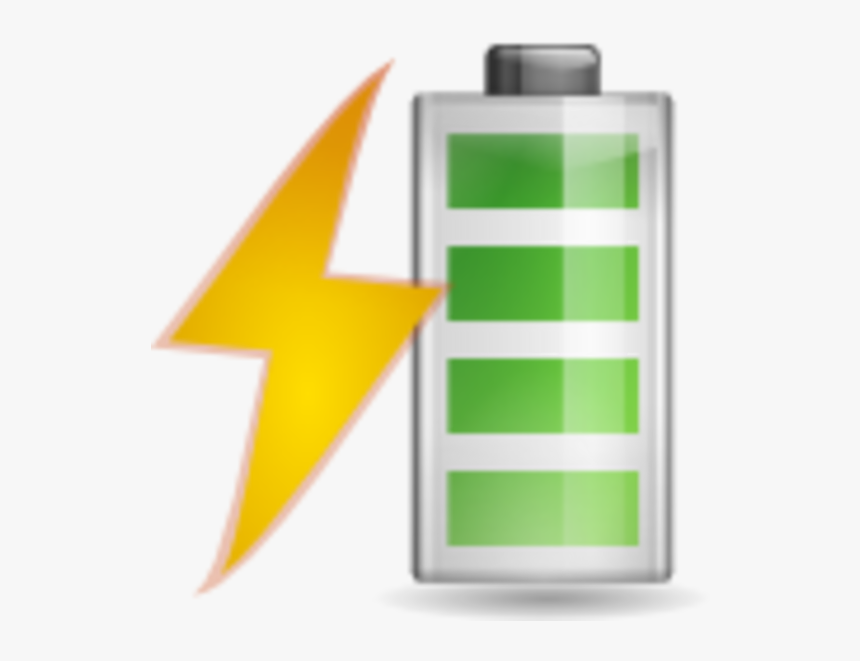Do you want your smartphone battery to last longer and you don’t have to constantly reach for a charger. This in turn also protects the battery and ensures a long service life over the life of the smartphone. Even if you can’t always follow all the tips for charging your battery, some limitations can significantly extend its lifespan. Check out these eight tips below!

Pay attention to the charge level:
The battery feels most comfortable between 20% and 80% charge level. It’s best to only charge your smartphone when you have 20 to 30 percent remaining charge, and avoid making multiple “intermediate stops” while charging. If you then stop the process at 80%, you have reached the optimal battery charge level. BTW: Many manufacturers prevent smartphone batteries from “overcharging” and overdischarging by limiting capacity accordingly. A “short charge” lasting several minutes strains the battery and reduces performance.
Charging at night:
Charge the battery overnight? Obviously, most people do. However, this will damage the battery! Even if the smartphone switches to mains operation after being fully charged, the battery level continues to drop by a few percent and the charging process starts all over again. And these “small charges” in the single-digit percentage range can permanently damage the battery. A better option: turn off the phone, then charge it. This prevents mini charging and protects the battery.
Night charging and alarm function:
Charge it before bed, then disconnect it at about 90%. Then turn on airplane mode. The battery hardly loses charge overnight, and the alarm continues to work. If you own an iPhone, you’re in luck: In iOS 13, Apple implemented “Optimized Battery Charging.” This mode analyzes user behavior and interrupts the loading process at 80%. The smartphone then charges the remaining 20% exclusively to avoid small charges.
fast charging:
If the charging process is going to be particularly fast, you need the right charger. The easiest way to check if the manufacturer’s charging cable supports the fast charging standard is to look at the current, measured in amps. From 2 amps, it’s likely to be a fast charger. Additionally, manufacturers document their fast charging standards on the charger. But be warned: Only the right devices can benefit from this fast-charging technology. You can find smartphones with the shortest charging times in the article “Mobile phone turbochargers”.
Operating temperature:
Smartphones and batteries also have an optimal operating temperature. This is usually between 10 and 35 degrees Celsius. Of course, high and low temperatures are unavoidable, but make sure you don’t leave your smartphone in a hot car under the scorching sun. The same is true in winter when it is very cold. This can damage the battery and permanently reduce battery performance.
Memory effect:
If these batteries are often not fully charged, and only 20% to 30% are charged at the beginning, the typical battery capacity will drop significantly. Therefore, for this type of battery, it is recommended to fully discharge the battery before charging it to 100%. This is nothing like today’s smartphones: Ideally, a lithium-ion battery should be charged with 20 to 30 to 80 percent remaining. In this way, you can avoid long-term capacity loss.
Avoid cheap chargers:
Stay away from 1 euro chargers and charging cables! Because these cheap knockoffs sometimes even disguise themselves as “official” chargers with well-known manufacturers’ logos, there is a risk of fire. The reasons are the lack of insulation of the adapter and charger, as well as sloppy testing by the manufacturer. It’s best to only buy from reputable manufacturers or choose originals from your smartphone manufacturer. When in doubt, this costs more, but provides more security. And: If you want to quickly charge your smartphone, cheap charging cables won’t provide enough power for the fast-charging feature.
Avoid fast charging:
Tests have shown that fast charging can significantly degrade battery performance compared to traditional 1-amp charging. Charge up to 20% after just four months of fast charging. If you have time, use a charging socket on your computer as an alternative. It delivers significantly less current for gentler charging of smartphones.
>>>>>>>>>>>>Cell phone battery